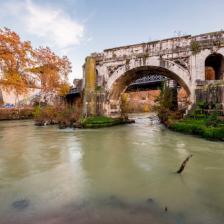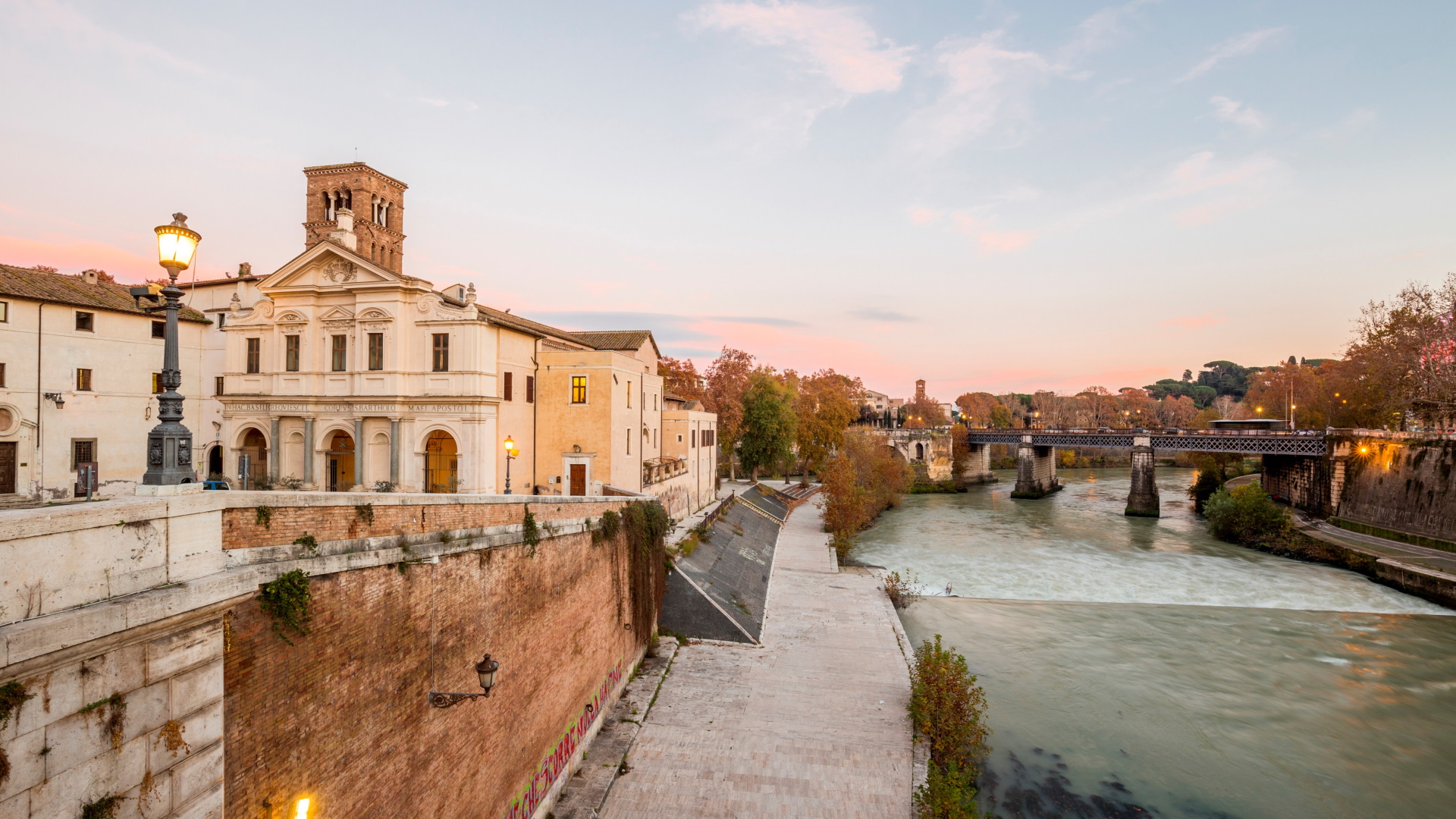
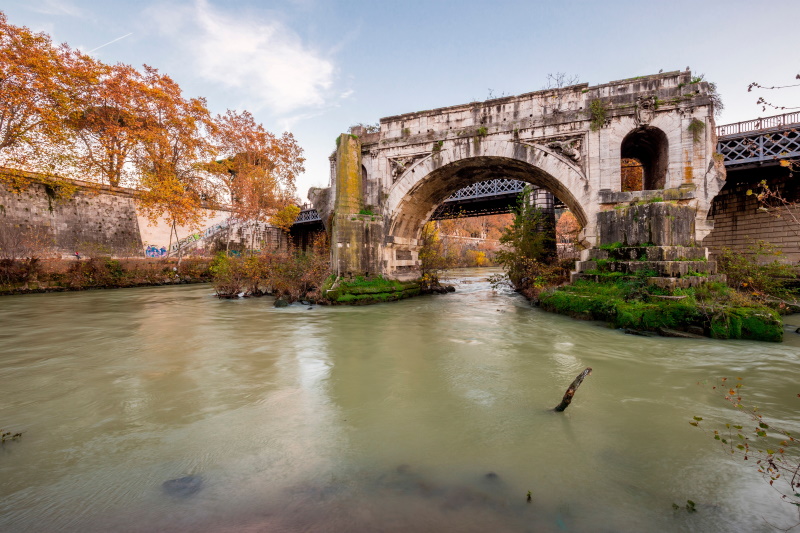
The need to erect this bridge was highlighted in the second half of the 19th century, to serve the area which, on alternate occasions, had been served by Ponte Emilio or Ponte Rotto, which had been destroyed, but whose remains are still present in the vicinity of Palatine Bridge.
Just over 155 meters long and 19 meters wide, Ponte Palatino joins Lungotevere dei Pierleoni to that of the Alberteschi.
Near its left head, the Cloaca Maxima still works today, a Roman sewer that started from the Suburra, whose outlet is located right near the bridge.
Ponte Palatino was built by engineer Angelo Vescovali, in 1886, in collaboration with a Belgian company specializing in iron bridges. It presents four piles covered in travertine that support metal girders.
This bridge is famous also for an old (naturally no longer practiced) Roman custom: the stone-throwing, a small war between two opposite Rioni. Palatine bridge was chosen for the challenges between the inhabitants of Trastevere and those of Testaccio. Other stone-throwing were on Ponte Sant’Angelo between the Borghiciani, people residing in the Borgo district, and the Ponticiani, people from the Ponte district, or at the Campo Vaccino, which saw the Trastevere and Monti districts face each other.
Palatine Bridge is known as the English bridge for the direction of traffic, which, compared to the normal movement of cars, is reversed.
The Mouth of Truth
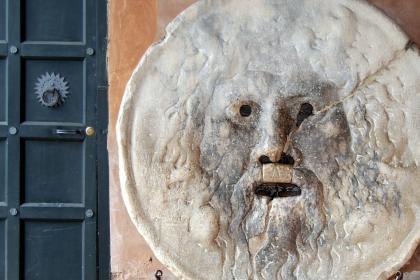
 Condividi
Condividi
Circus Maximus
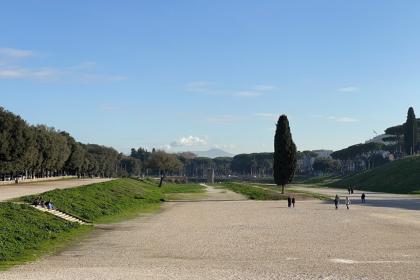
 Condividi
Condividi
The Forum Boarium
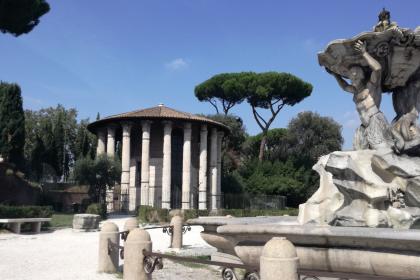
 Condividi
Condividi
Information
 Condividi
Condividi
Location
To find out about all accessibility services, visit the Rome accessible section.













































